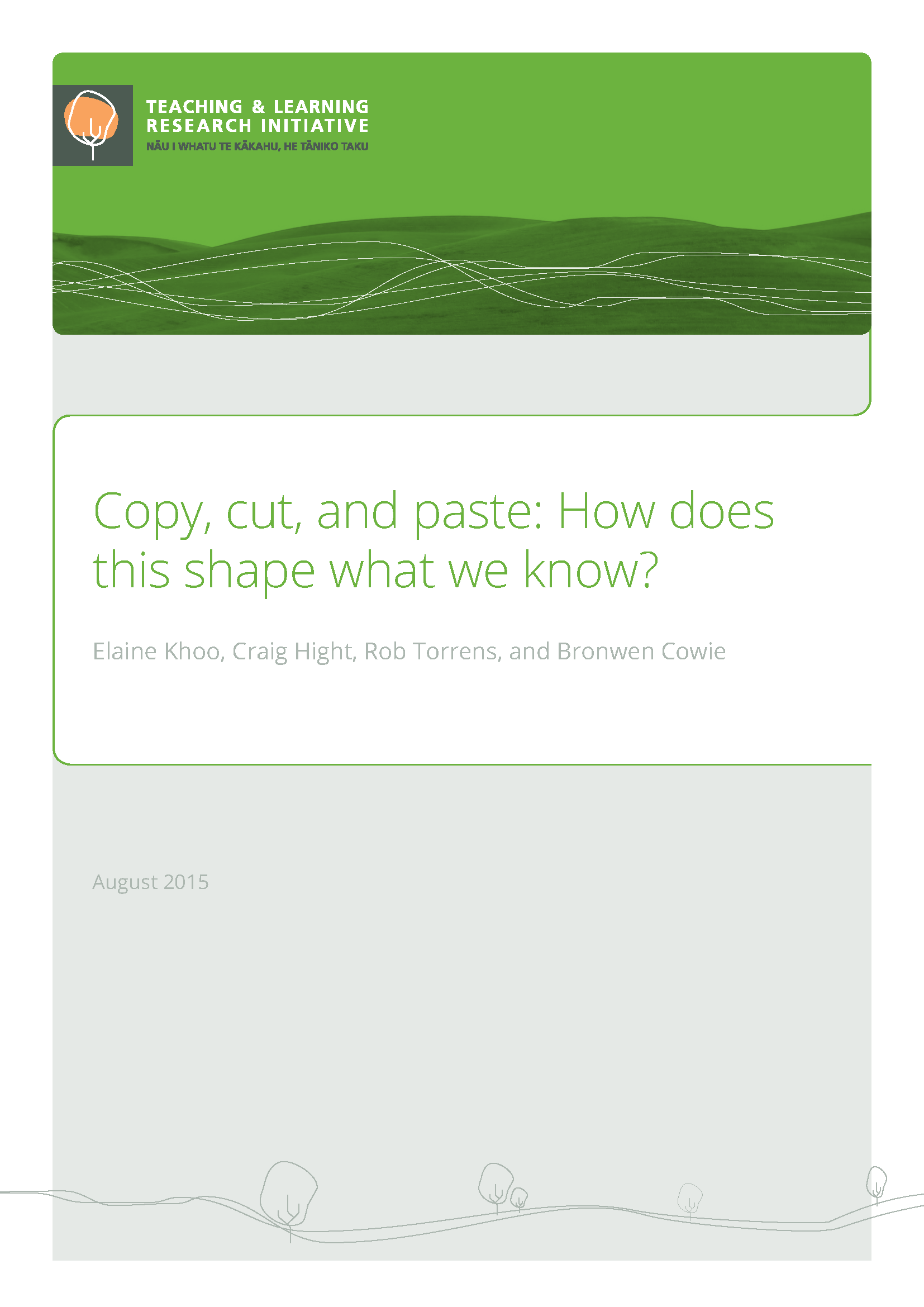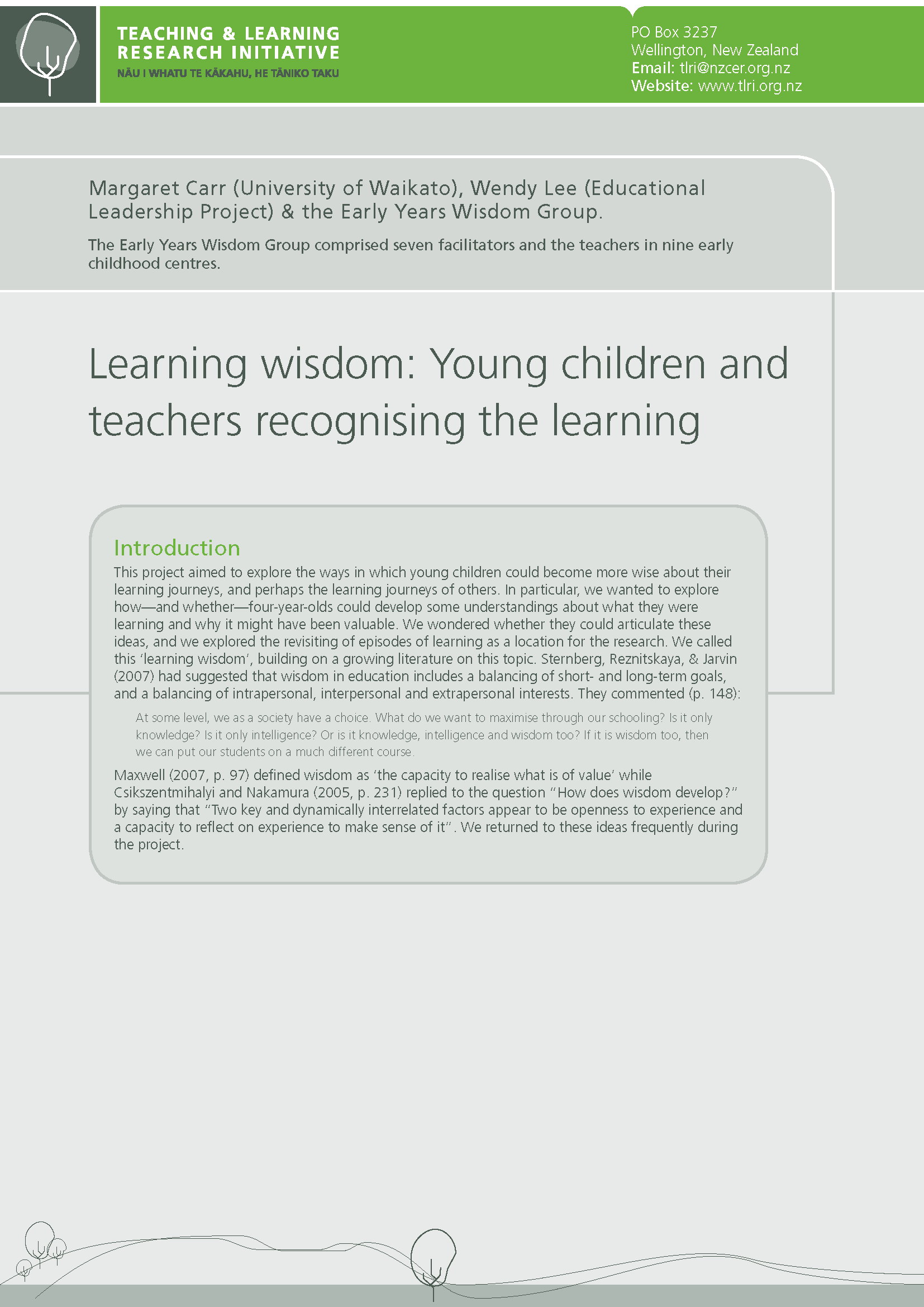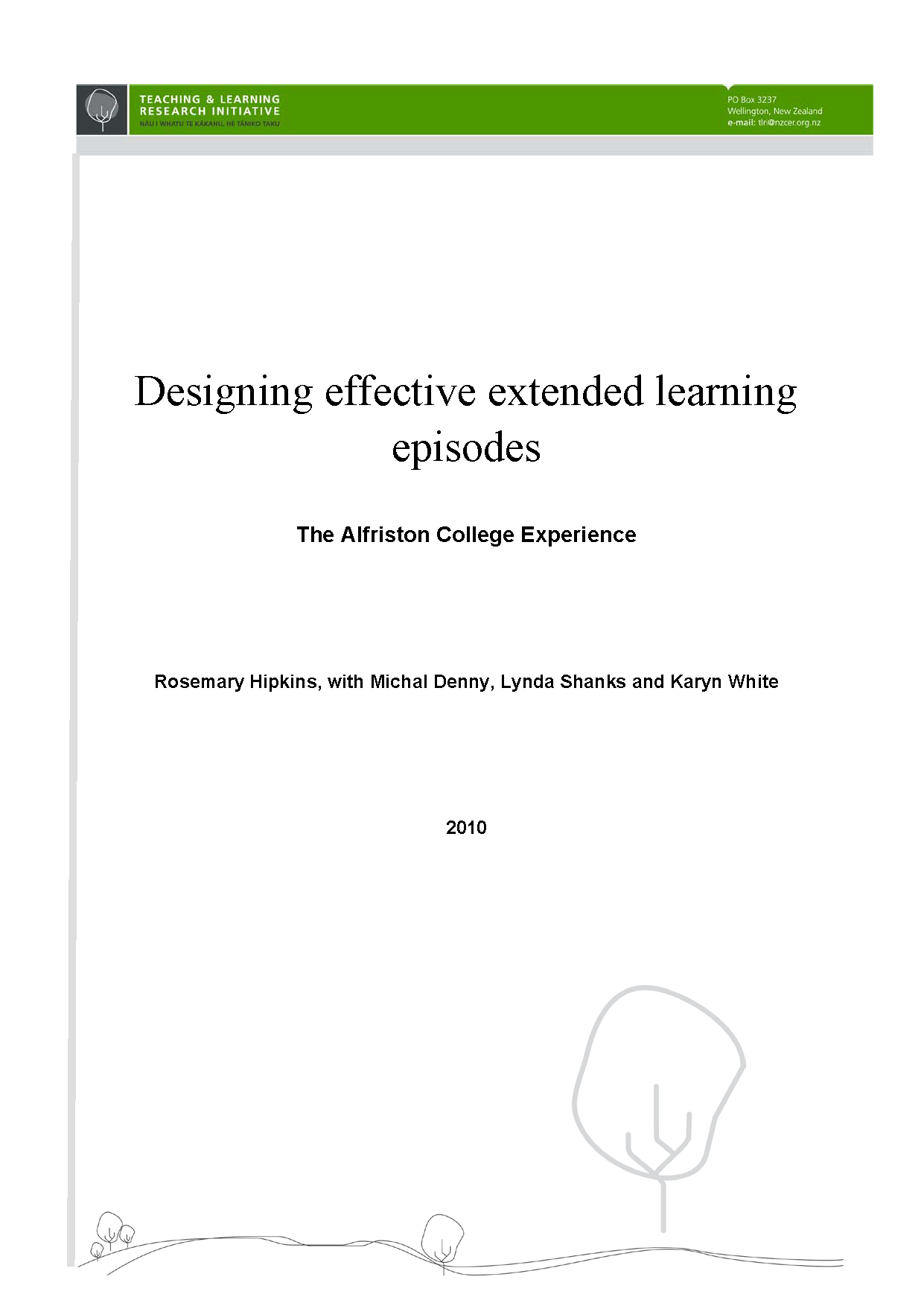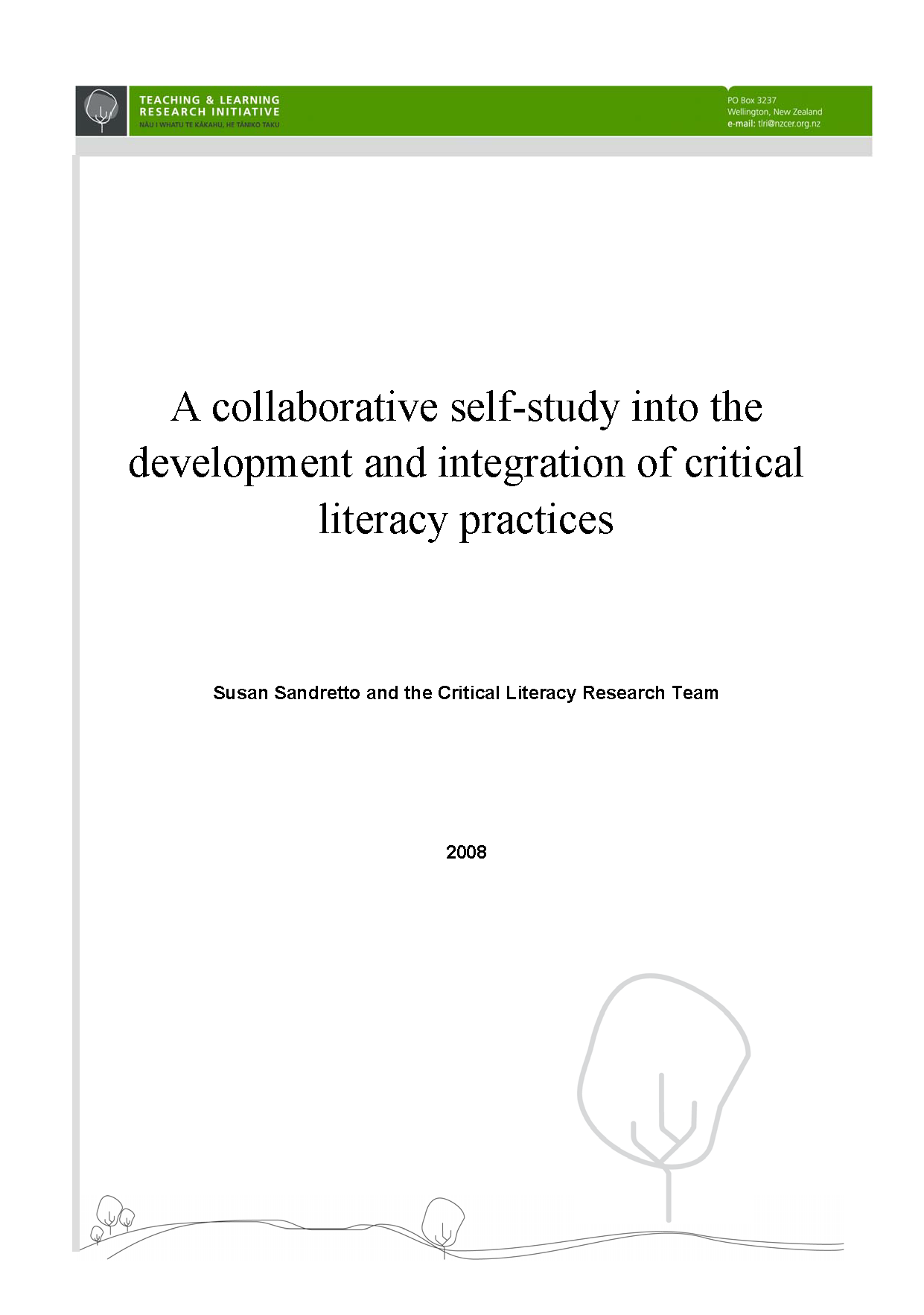
Copy, cut, and paste: How does this shape what we know?
Introduction Copy, cut, and paste are functions naturalised and embedded across different software applications but are poorly understood as tools that shape our engagement with knowledge, culture and society in the 21st century (Livingstone, Wijnen, Papaioannou, Costa, & Grandio, 2014). Most people develop proficiency with ubiquitous software packages, such as those on cell phones, informally through their everyday engagement. Tertiary students as so-called “digital natives” (Prensky, 2001) are assumed to be able to translate this informally developed knowledge and skills into formal settings to successfully accomplish learning tasks. Educators often assume that students already possess the necessary skills and conceptual frameworks to learn with and through generic software packages, and tend




